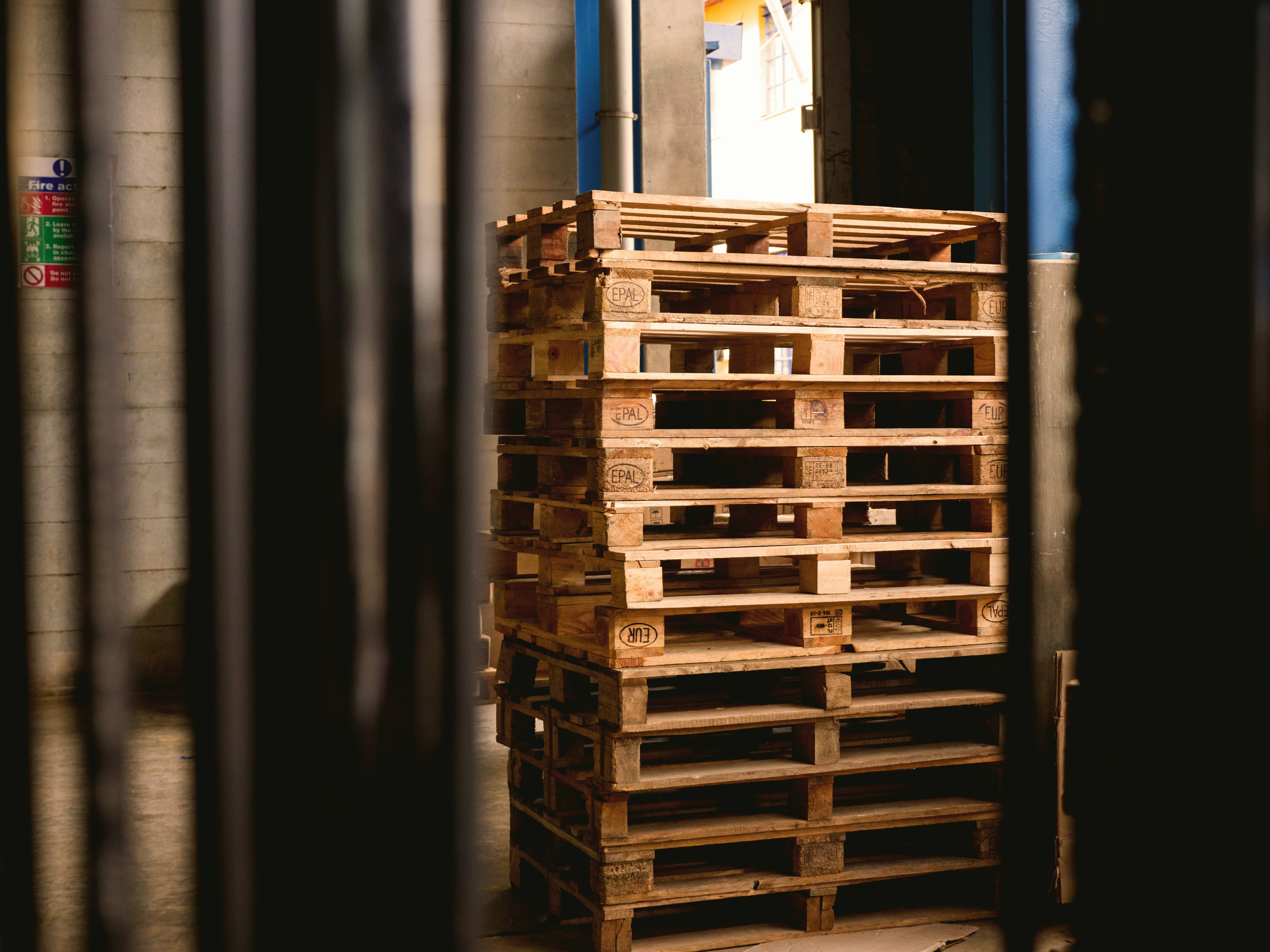Cross-docking: the perfect mix between speed and traceability
23 Apr 2020
4 min read
Some pallets stay stored in your warehouse for hours. Others don’t even seem to touch the ground in your warehouse and are quickly transported again. Cross-docking often seems to be considered the same as speed. However, sometimes the whish for speed can create a certain time pressure confronting you as a logistics partner. At the same time, the wish for speed conflicts with the necessity to identify, register and overview the movements of pallets.
In my previous blog, I shared 5 tips to create a smooth cross-docking process. In this blog, I will dive deeper into these different facets, share some tips on how to prevent a continues search for pallets and prevent stress in your warehouse.
Are your employees your source of knowledge?
Which pallets have we received? What is ready for outbound? What pallet must be placed in which truck? Keeping track of all orders in the office can be a big challenge. At the same time, we often hear customers say “he knows where to find that pallet”. Without a doubt, your employees are indispensable. However, inn the long term, it is better to support your employees with software that has the knowledge as well. In this way, everyone knows what pallet is placed where and you prevent a search in your warehouse.
A thin line between speed and traceability
The biggest conflict in a cross-docking process often rises between speed and registration of data. Finding the right mix between the number of actions and gaining the correct information of your pallets is answering the question: what is the most efficient way to simply register the needed information? A simple process without any sidetracks or detours. Different tools can help you with this. For example, scanning to register pallets and pallet movements and collaborating with your customers to share relevant information.
Identify and registrate all pallet movements
At first, it may look like extra work, but it is important to identify all incoming pallets. Even if the presence in your warehouse is for a short period of time. When the pallet is already labelled by the supplier you can use this label. If not? It is important to add your own label to identify the pallet. By doing so you have a continuous overview in your cross-docking process. Furthermore, in case of an error, for example, a wrongly loaded truck, you’ll know where the pallet is going or is situated. This saves you from having any discussion with your customers and makes it possible to switch to a solution quickly. Therefore, you profit throughout the whole process from identifying your pallet when receiving it.
However, simply identifying the pallet isn’t enough. To experience the advantages, all pallet movements must be registered. By keeping track of the previous movements you will be up to date of the whereabouts of the goods you as a logistic partner have received. This simple activity increases the traceability of your pallets, reduces the chance of errors and prevents discussion with customers and employees. So, constantly make sure to be aware of the status in your cross-docking process.
Collect relevant information
To make the identification discussed in the earlier paragraph easier, it is possible to gain the needed information before receiving the pallet. Contact your customer and discuss what information can be presented on forehand. With the right information, you immediately know the destination of the pallet when you’ve received it.
For example, the customer (supplier) can add a label, containing extra information like the destination of the pallet. Furthermore, you can ask your customers to share carrier numbers certain receiving addresses. Then, these can be linked to the WMS through EDI or an Excel-import. Because the information is already in your WMS, your employees only need to scan the pallet to know the destination.
By gaining this information before your cross-docking process starts, you can easily fill in the process in the most efficient way. As soon as you and your customers are ready for it, you can even switch to an EDI preannouncement that shares the information digitally. This makes your process easier and gives your customers direct insights into the latest status when errors may occur.








